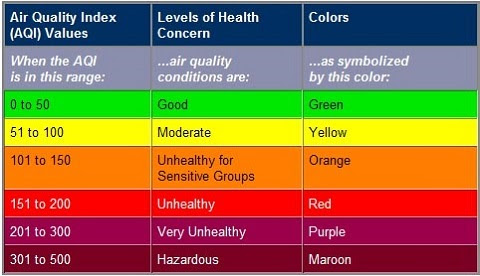A federal jury convicted a federal correctional officer of five counts involving sexually abusive conduct against two female victims who were serving prison sentences. U.S. District Judge Yvonne Gonzalez Rogers presided over the trial.
John Bellhouse, 40, formerly of Pleasanton, California, was initially charged with sexual abuse of an inmate on Feb. 17, 2022. A federal grand jury issued a superseding indictment on Sept. 29, 2022, charging Bellhouse with two counts of sexual abuse and three counts of abusive sexual contact. The charges involved conduct that was alleged to have occurred against two female inmates from December 2019 to December 2020. On Monday, a jury convicted Bellhouse of all counts.
“Correctional Officer Bellhouse committed an egregious breach of trust by using the cover of the BOP facility’s Safety Office to sexually abuse individuals in his custody,” said Deputy Attorney General Lisa O. Monaco. “This guilty verdict is yet another warning that any Bureau employee who abuses their authority will be held accountable. The Department of Justice is committed to rooting out sexual assault within the BOP and continuing to prioritize cases involving sexual abuse of individuals in BOP custody.”
“The heinous crimes in this case destroyed the sense of safety and security every human being is entitled to,” said FBI Deputy Director Paul Abbate. “While he was a federal corrections officer, the defendant sexually abused two victims in his care over the course of a year, an unimaginable violation of the most basic human rights. Today’s conviction demonstrates that the FBI remains unyielding in our protection of all people no matter where the crime occurs or who commits it.”
“Bellhouse violated vulnerable women under his custody and care, and a jury held him accountable for these despicable acts. Four other FCI Dublin employees, including the former Warden and Chaplain, have been convicted of sexually abusing inmates. Our investigation of sexual abuse at FCI Dublin remains ongoing, and we will continue to aggressively pursue justice for victims of sexual abuse at the hands of BOP employees,” said Inspector General Michael E. Horowitz.
“As an officer in a federal correctional facility, Bellhouse had an obligation to ensure the safety of all the persons serving their sentences,” said U.S. Attorney Ismail J. Ramsey for the Northern District of California. “Instead, Bellhouse used the power entrusted to him to serve his own corrupt purposes. The sexual abuse of inmates will not be tolerated, and Bellhouse will now face the consequences for committing his despicable crimes.”
Bellhouse was employed as a correctional officer at the Federal Correctional Institute in Dublin, California (FCI Dublin), an all-female low security federal correctional institution. Trial evidence showed that Bellhouse sexually abused and committed abusive sexual contact against a victim beginning December 2019 through October 2020. The victim was incarcerated and serving a prison sentence at FCI Dublin under Bellhouse’s custodial, supervisory, and disciplinary authority. The trial evidence demonstrated Bellhouse engaged in oral sex with the victim in the prison Safety Warehouse and Safety Office and that Bellhouse touched the victim’s vagina and breasts in the prison Safety Office.
The trial evidence also demonstrated Bellhouse committed abusive sexual contact against a second victim between October and December of 2020. Trial evidence showed that the acts occurred in the Safety Office at the FCI Dublin Camp.
Bellhouse was convicted of two counts of sexual abuse of a ward and three counts of abusive sexual conduct. Each count of sexual abuse carries a maximum term of 15 years in prison. Each count of abusive sexual conduct carries a maximum term of two years in prison. A federal district court judge will determine any sentence after considering the U.S. Sentencing Guidelines and other statutory factors.
Judge Gonzalez Rogers scheduled Bellhouse’s sentencing hearing for Aug. 30. Bellhouse remains out of custody pending his sentencing.
The DOJ OIG and FBI investigated the case.


